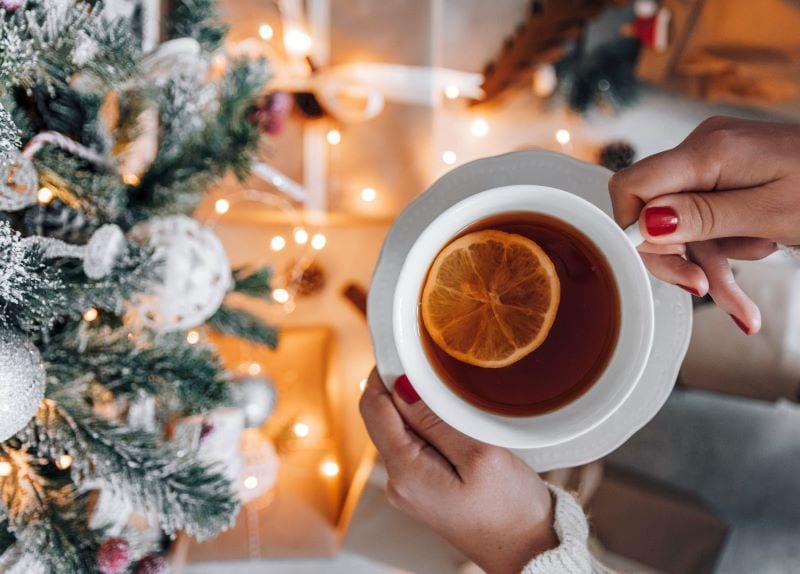New Year’s Eve is a night of celebration around the world. It is a time to let go of the past year and welcome the future with hope and happiness. One of the most important aspects of this celebration is the food and drinks that are traditionally served. A culinary exploration of New Year’s Eve traditions provides a fascinating insight into the culture and customs of different countries.
Champagne: The Most Iconic New Year’s Eve Beverage
Starting with the most iconic New Year’s Eve drink, champagne. Champagne originates from the Champagne region of France and is popularized by the luxury brand, Moët & Chandon. But why do we drink champagne to celebrate the New Year? The bubbles in champagne represent joy and happiness and popping the cork is said to ward off evil spirits. Champagne has become a symbol of luxury and celebration, making it the perfect drink to toast the beginning of a new year.
From Hoppin’ John to Pork and Sauerkraut: Popular New Year’s Eve Dishes
In Spain, a similar wine-based beverage is consumed, known as Cava. It is said to be enjoyed at midnight on New Year’s Eve because it represents good luck and prosperity in the upcoming year. Much like how champagne is enjoyed in France with ‘champagne wishes and caviar dreams’, Spanish tradition suggests pairing Cava with twelve grapes, symbolizing twelve months of good fortune. The practice of eating twelve grapes at midnight on New Year’s Eve is believed to have originated from an attempt by the government to increase grape sales in the 19th century. However, the tradition continues to be embraced by Spaniards to this day.
In Italy, the traditional New Year’s Eve dinner is called the Cenone di Capodanno, which consists of six courses of long-time dishes that are believed to bring good luck in the coming year. One of the most popular dishes is lentils, whose shape resembles tiny coins, symbolizing prosperity. Additionally, pork, often served in the form of Cotechino, is believed to bring progress and security because pigs, rooted in symbolism as a lucky or wealthy animal, “root forward” with their snouts. Panettone, a sweet, fluffy bread filled with candied fruits and raisins, is a popular dessert, often enjoyed with a cup of warming hot chocolate.
Moving over to Asia, having rice dishes as their main course is a common New Year’s Eve practice. In Japan, it is customary to eat Toshikoshi Soba, which is buckwheat noodles, just before midnight on New Year’s Eve. Long noodles are believed to represent longevity in many cultures, and this Japanese tradition is rooted in the belief that eating them will lead to a long life. Besides soba noodles, mochi, or Japanese rice cakes, it is also a popular dish. Traditionally pounded at a family affair, it is offered along with other mochi dishes for guests when they visit. However, these dishes are not the only ones available as New Year’s dishes in Japan.
In China, dumplings, often made in the shape of an ingot, are a common dish to eat on New Year’s Eve. It is believed that the more dumplings you eat, the more prosperity you will have in the coming year. Additionally, fish is also a popular dish, particularly served whole with the head and tail still on because it symbolizes the beginning and end of the year.
Every culture has its own unique way of welcoming the New Year. From decadent champagne to symbolic noodles, there are many traditions and customs that are held dear. Food plays a significant role in these celebrations, bringing families and friends together to share in the joy of the season. So, cheers to bringing in the new year with good food, good friends, and plenty of good cheer!

